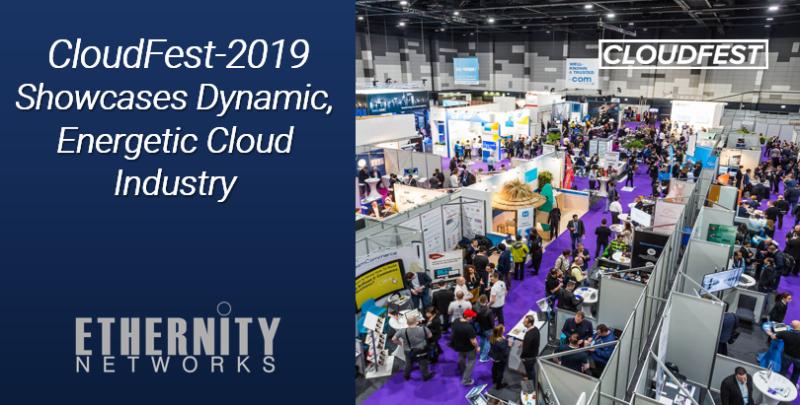
by Lior Mishan
As we talked with a broad range of people from across the cloud and data center industry at last week’s CloudFest, a couple of trends kept surfacing in terms of the market’s immediate and longer-term needs. The two major areas of concern that stood out were power consumption and security.
When you consider that data centers already account for three percent of global power consumption today, as noted in a recent ResearchAndMarkets.com study, it is easy to see why data center operators are looking for ways to reduce power usage.
At CloudFest, one HPE partner featured liquid-cooled, server-immersion as a means of reducing data center cooling costs. The nation of Iceland had a booth at the show to continue urging data center operators to locate there, so that the naturally cold climate can reduce cooling needs.
Another solution, of course, can be found by focusing inside the equipment itself. Use of FPGA-based systems within servers has been proven to deliver huge savings in power consumption. For example, using our 100G ACE-NIC 100 SmartNIC for a vRouter application consumes a mere 32 watts of power, and it can deliver significantly higher capacity than even a 24-core server. Here is a comparison:
| Throughput | Power Consumption | |
| Ethernity vRouter appliance | 100Gbps | 32W |
| Typical 24-core server-based router | 10-20Gbps, depending on configuration and load | 500-700W, depending on configuration and load |
Security is the other big concern, as businesses migrate to hybrid clouds in order to achieve greater operational efficiencies and lower costs.
With this transition to an approach that combines public and private clouds, the need increases for dependably secure virtual private networks. Specifically, the solutions must offer robust IPsec tunnels, high-capacity connections, and minimal delay at an attractive price point. The stage is clearly set for solutions such as Ethernity’s new ENET VPN Gateway, which addresses these needs with a programmable, future-ready offering.
A few other observations:
- 25G has emerged as the optimal high-speed interface between data center servers, as it is well aligned with overall traffic growth. This enables high-capacity 100G data center gateways and acceleration, which the ACE-NIC100 provides.
- Beyond the mega cloud service providers – you know their names – there are a surprising number of Tier 2 providers. Unlike the big guys, who have the facilities, equipment, and systems to build out their own networks, these smaller organizations need the kind of external help that compute, storage, and networking vendors such as Ethernity, as well as expert consultants, can provide to help make them competitive.
- IT and telco data centers continue to consolidate. We talked with several cloud providers who are offering services to telecom providers, which in turn are closing some of their large data centers and reselling services from within the cloud. It is not only a cost-saving move, but one that fits the telecom industry’s plans to concentrate more on the network edge.
In summary, what we saw at CloudFest was clear evidence of a very dynamic, fast-moving industry populated not just by the big guys, but by many small players. These companies are the ones that will be fueling endless innovative cloud services – in the areas of e-commerce, video, voice, artificial intelligence and augmented reality, and business intelligence – as well as in hosting, security, and management.

